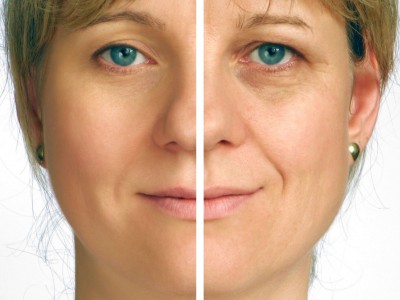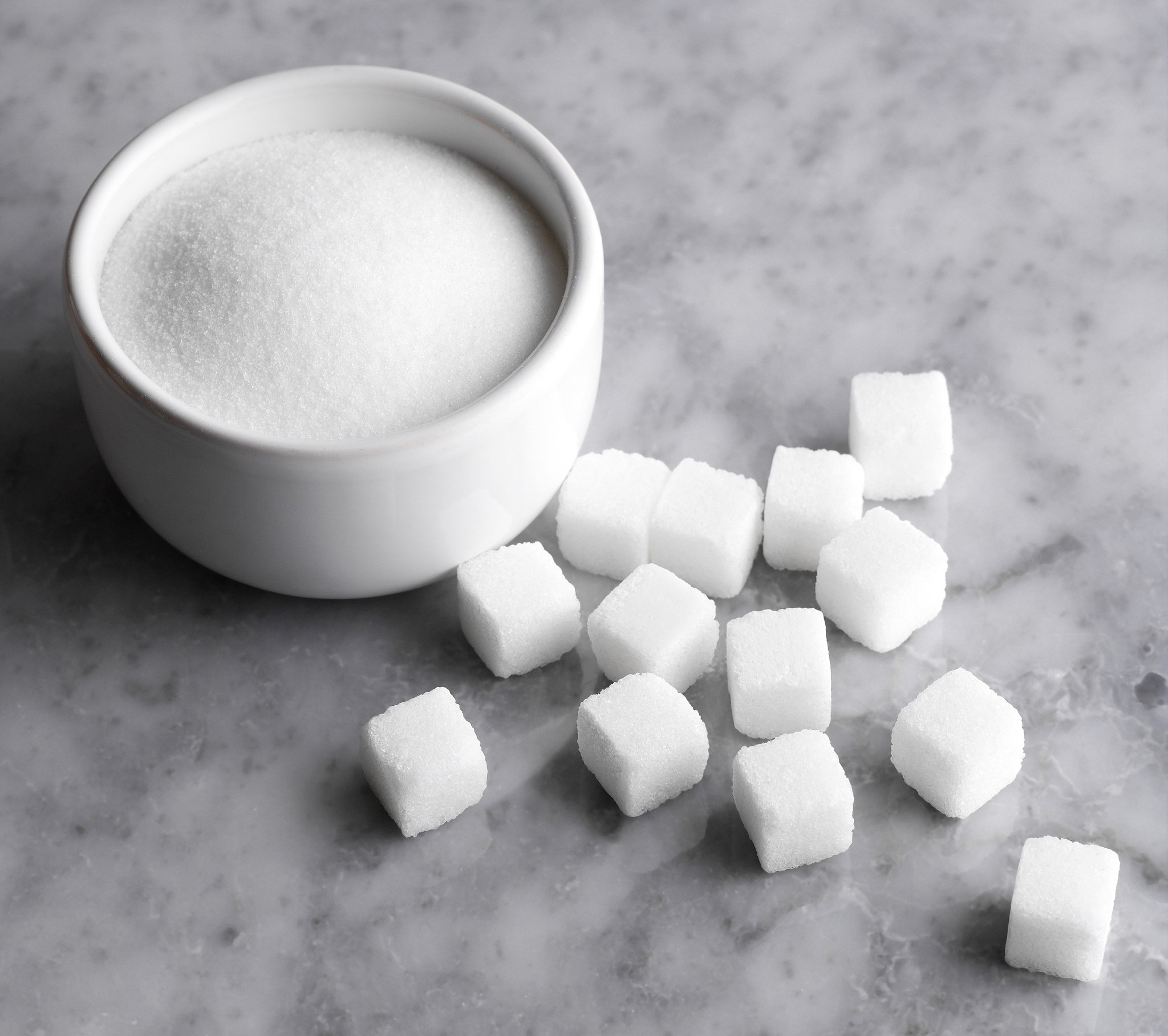Whether you are cooking at home or headed out on the town to eat, aiming for organic is a great way to avoid many toxins in our food supply. When you eat organic, you are avoiding pesticides, herbicides and petrochemical fertilizers that have transformed agriculture since World War II.
Eating organic poultry, meat, eggs and dairy is wonderful as well because those foods are produced without antibiotics and growth hormones which can have an effect on our health when we eat them! Sadly, I learned this the hard way after a decade of chronic illness and at the age of 30 decided to go 100 percent organic to save my life from years of toxic accumulation from these foods.
The organic food movement blossomed about 35 years ago and many people (including myself) find organic food to taste much better than their conventional (non-organic) counterparts. People choose to eat organic for the environment, but there are also many people, myself included, who choose organic because we know that when we ingest these toxins from our food, they have effects on our health.
The easiest way to start eating organic is to check out the Dirty Dozen, which is a list of the dirtiest fruits and vegetables that are the highest sprayed with pesticides. I also suggest always eating organic poultry, meat, eggs and dairy so you’re not ingesting antibiotics and growth hormones from the animals.
You can easily save money when buying organic by looking for in-season produce as well as frozen fruits and vegetables that are flash frozen and often have just as much, if not more nutritional punch to them as fresh fruits and vegetables that are sitting in your fridge.
Here are a few of my healthy superfoods that are healing for your body; they can help fight inflammation and are packed with vitamins, minerals and nutrients to keep your body strong and healthy! Be sure to reach for organic so you’re not eating pesticides, herbicides, growth hormones, antibiotics and other toxic chemicals.
Organic avocados are packed with vitamins and nutrients like vitamin E, B and folic acid, as well as fiber; they contain more potassium than bananas, and are rich in monounsaturated fats (and cholesterol-free). They’ve been shown to help our bodies better absorb nutrients in other foods and their balance of essential fatty acids and vitamins has been linked to lowering cholesterol and improving the appearance of hair and skin.
Organic coconut oil has been considered a superfood because it contains an optimal blend of fatty acids, which have been said to have antifungal, antioxidant, antoimicrobial and antibacterial properties.
Organic nuts and seeds are a great source of protein; they’re also rich in antioxidants like selenium and vitamin E along with phytonutrients and fiber. Walnuts and almonds are two of my favorites and when consumed in moderation have been shown to lower LDL cholesterol. You can use them in snacks, smoothies, salads and desserts for a kick of protein!
Organic whole husk psyllium is an amazing source of soluble fiber. Soluble fiber absorbs water and forms a jelly-like substance in your body which collects fats, cholesterol, sugars and food in your stomach and carries it through your digestive tract. Many of my clients love using organic whole husk psyllium and add it to many foods for an extra fiber boost.
BPA-free, organic sardines from Portugal are a safe option for seafood, unlike larger fish which are filled with mercury –and they’re a delicious addition to Caesar salad dressings, pizza and gluten-free grains like quinoa or millet. Be sure to look for BPA-free cans and Portugal-caught sardines like Bela sardines, which are also gluten-free. Sardines are soaring with omega 3’s to fight inflammation along with vitamin D, calcium and vitamin B12.
Organic moringa is an amazing green superfood that is soaring with antioxidants, vitamins, minerals and amino acids. It has been used to combat malnutrition in developing countries and grows back very quickly so it’s sustainable. I love using moringa because gram for gram, it contains more B12 than steak, more vitamin A than eggs and more calcium than milk. These tiny tree leaves are a powerhouse for my clients!
Source: fox news











